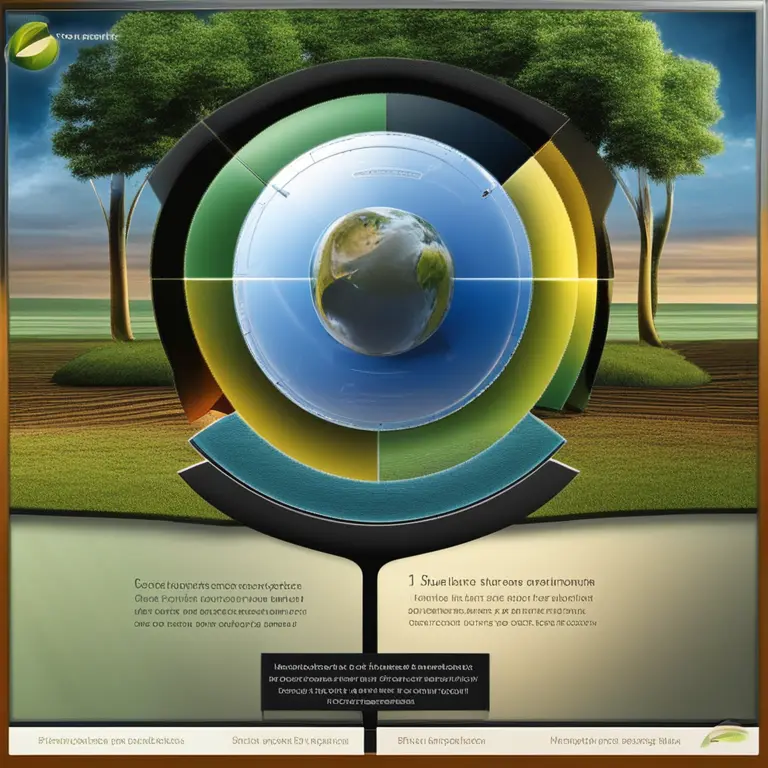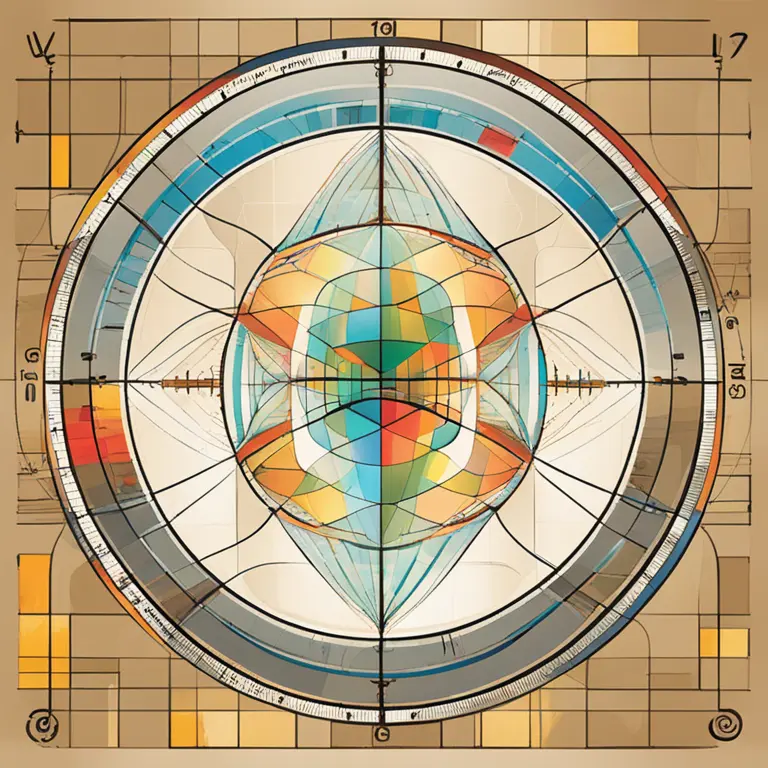
The Rhythms of You: A Guide to Biorhythm Cycles
Delve into the science of biorhythm cycles and discover how they might influence your physical, emotional, and intellectual states.
article by Adrian Wallace
Introduction to Biorhythms
Have you ever noticed how some days you feel on top of the world, while on others it’s a struggle to even get out of bed? These fluctuations might be explained by the concept of biorhythms, a series of hypothetical cycles affecting various aspects of our well-being. Originating in the 19th century, the theory suggests that from birth, we each experience intrinsic cycles that govern our physical, emotional, and intellectual capabilities. Recently, the study of biorhythms has gained traction in personal wellness practices, offering a unique perspective on daily life management.

The Three Core Cycles
The three fundamental biorhythm cycles are each said to have a different duration. The physical cycle lasts 23 days, focusing on your stamina, strength, and overall health. Then comes the emotional cycle, a 28-day period that pertains to mood, creativity, and sensitivity. Last is the 33-day intellectual cycle, dealing with cognitive functions such as analysis, learning, and problem-solving. By tracking these cycles, advocates believe it possible to anticipate and optimize for periods of high performance or be cautious during times of potential low.

Biorhythms and Daily Life
How can understanding your biorhythms make a difference? Picture aligning your activities with these cycles: tackling challenging projects during peaks of your intellectual cycle, or planning for rest and recovery during physical lows. Some users of biorhythmic analysis also report improved emotional awareness and relationships by being mindful of these natural rhythms. It's about personal optimization – using the idea of biorhythms to perform at your best when it matters most.

Measuring Your Biorhythms
In the digital age, monitoring biorhythms has become accessible to everyone. A multitude of apps and tools are available that calculate and predict one's cycles based on their date of birth. Now, instead of charting highs and lows manually, technology can instantly provide insights and forecasts. Although scientific consensus on biorhythms remains elusive, their application in lifestyle and decision-making continues to grow.
Skeptical Views and Considerations
Despite its popularity in certain circles, biorhythms have been met with skepticism and criticism from the scientific community. Critics argue that there is a lack of empirical evidence supporting the predictability and impact of these cycles. Biorhythms should not replace medical advice or be solely relied upon for major life decisions. Instead, they should be considered alongside other well-established health and wellness practices.
The Future of Biorhythms
Looking forward, the study of biorhythms is likely to intersect with advances in personal health technologies. Integration with wearable tech that tracks physiological data could lead to more personalized and adaptive lifestyle recommendations. While the true validity of biorhythms is yet to be confirmed, they remain a captivating concept for self-exploration and personal growth in an era increasingly concerned with individualized well-being.
Published: 1/30/2024
Modified: 1/30/2024
More predictions
Come back here soon to learn more about yourself and your future


Biorhythms Chart: Your Personal Physiological Patterns
Your guide to biorhythms chart – understand your natural cycles for better life decisions and well-being.


The Basis of Biorhythms: Cyclical Influences on Human Life
Discover what biorhythms are and how they theoretically affect your daily life through inherent biological cycles.


The Basis of Biorhythms: Patterns of Life's Natural Cycles
Delve into the foundation of biorhythms and understand how these rhythmic cycles are believed to influence our physical, emotional, and intellectual states.